PsychNewsDaily Publishers
100 Summit Drive
Burlington, MA, 01803
Telephone: (320) 349-2484
PsychNewsDaily Publishers
100 Summit Drive
Burlington, MA, 01803
Telephone: (320) 349-2484
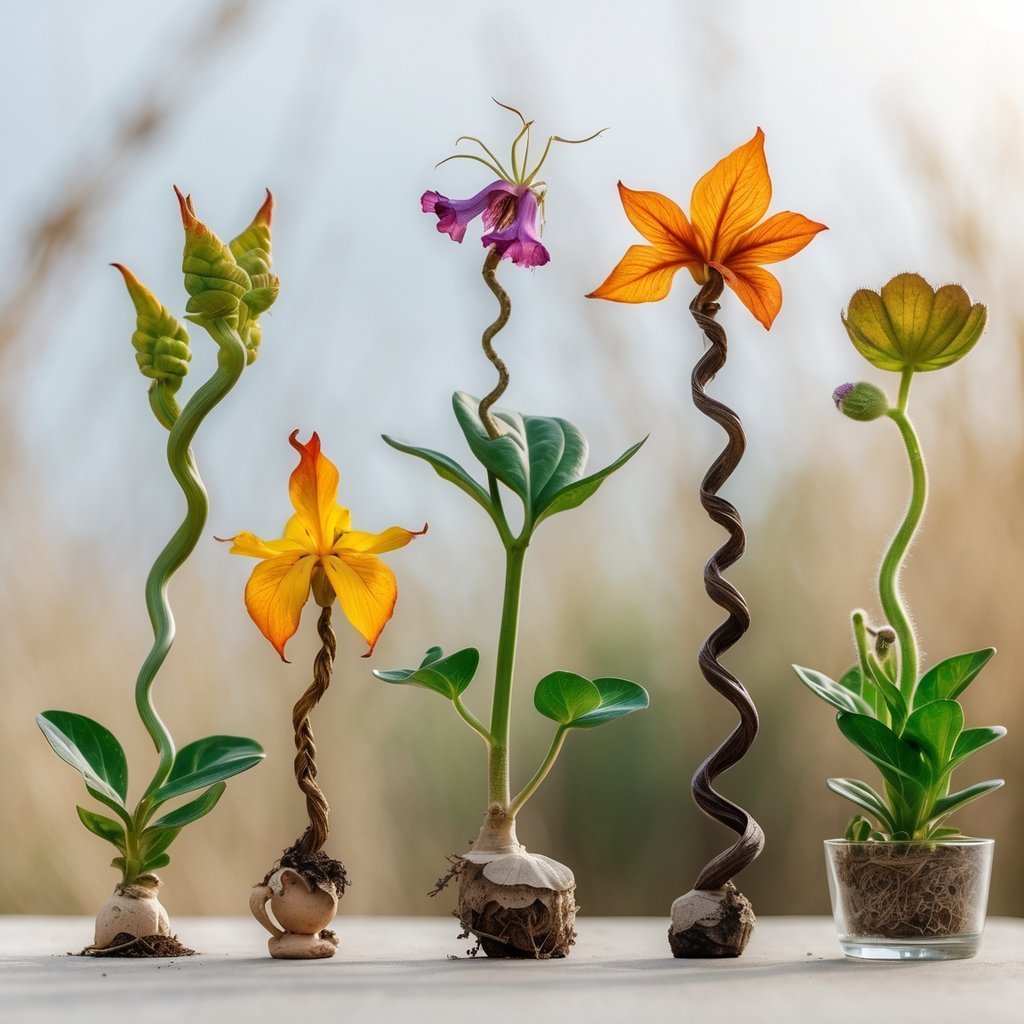
Nature never really runs out of surprises, especially with plants. Maybe you think you know what a flower or a leaf should look like, but honestly, some plants just love to break the rules and remind us how weird and creative life actually is.
These botanical oddities show that plants can be strange, fascinating, and sometimes even a little funny. Keep going and you’ll meet some of the most unusual plants out there—nature’s surprises never really end.
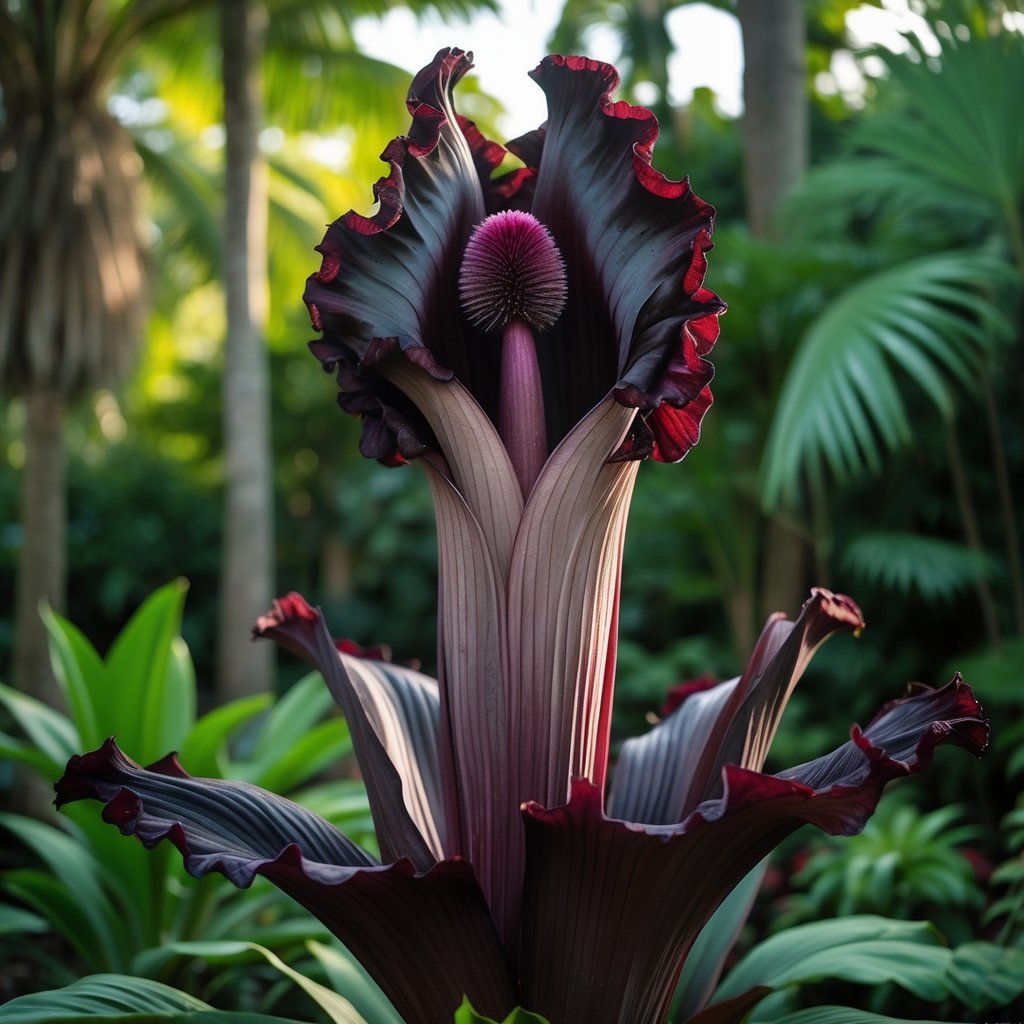
Ever heard of the corpse flower? It’s a plant that’s famous for its very strong, honestly awful smell. When it blooms, you get a scent that’s pretty much like rotting flesh—no exaggeration.
That stink isn’t just for show; it attracts beetles and flies, which help pollinate the flower. The corpse flower can shoot up over 10 feet tall, which is wild.
It rarely blooms—sometimes years go by between flowerings—and the bloom only lasts about a day. Seeing it in person feels both fascinating and, honestly, a bit unsettling.
You’ll find this giant oddball in the rainforests of Sumatra, Indonesia. Its size and stench make it a real legend among weird plants.
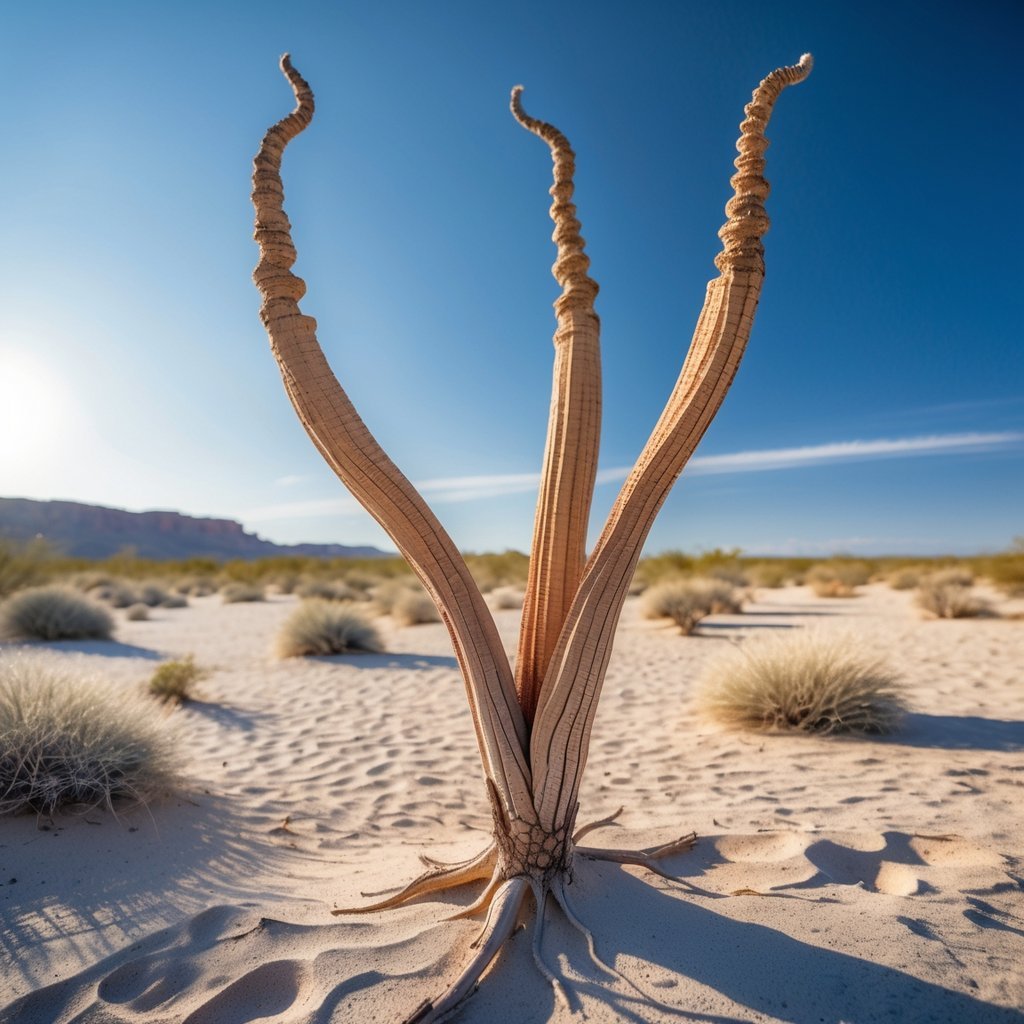
This one’s hard to believe, but Welwitschia mirabilis lives in the Namib Desert, one of the driest places on Earth. It grows just two leaves—really, only two—but they never stop growing.
Those same leaves can last for over a thousand years. Imagine watching centuries go by while your two leaves get longer and more tattered.
Welwitschia grabs water from fog that drifts in from the ocean. It’s basically a master at surviving with almost nothing.
Spotting Welwitschia in the wild feels like stumbling onto a living fossil. It’s a reminder of how life can get creative to survive.

Some flowers really do look like people, and the Naked Man Orchid is probably the best example. Its petals actually form the shape of a tiny, naked man—arms, legs, the whole thing.
You’ll spot this quirky flower mostly around the Mediterranean. Get close and it’s hard to miss those little “human” figures in each bloom.
If you’re into gardening, adding this orchid will definitely get people talking. It’s a weird little wonder that proves nature has a sense of humor.
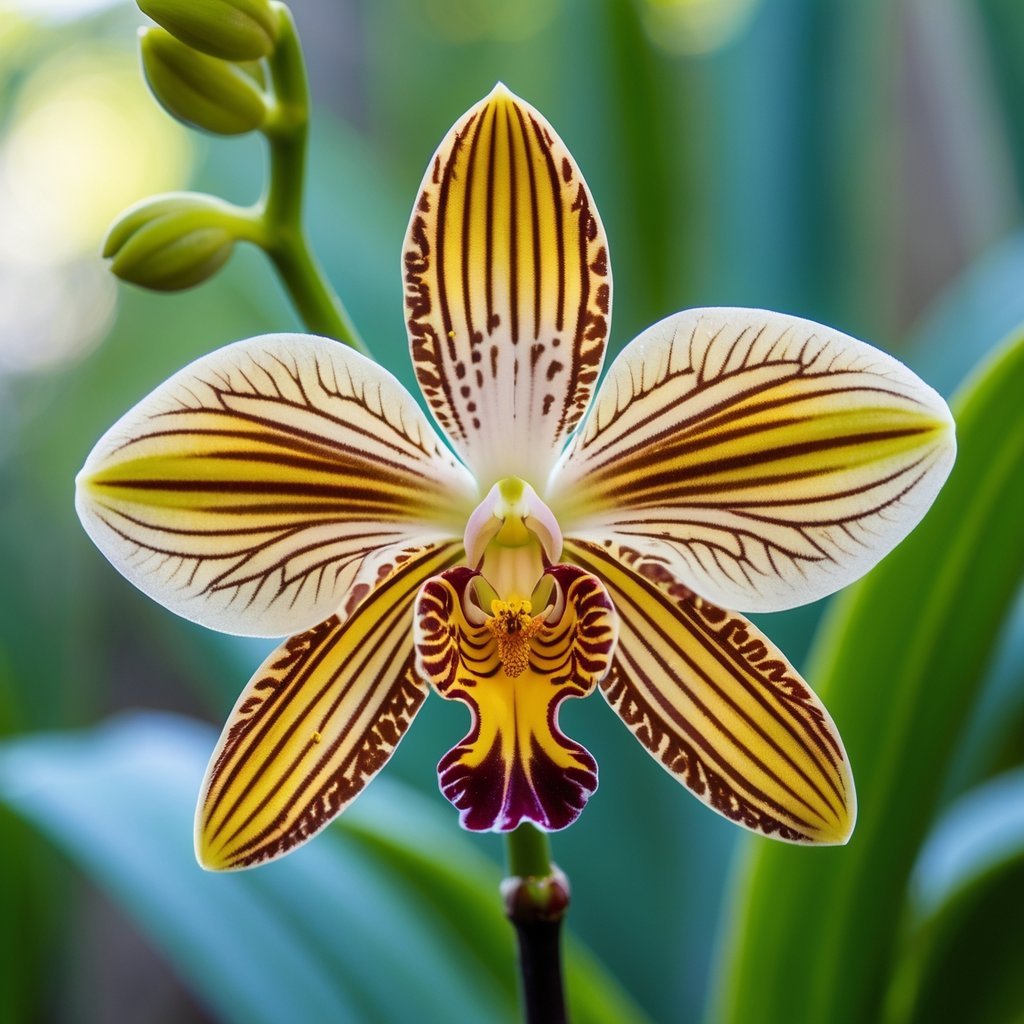
The Bee Orchid pulls off a pretty clever trick. Its flower looks—and even smells—a lot like a female bee.
Male bees get totally fooled and try to mate with the flower. While they’re at it, they pick up pollen and carry it to the next flower.
In the UK, you probably won’t see this happen much. The right kind of bee just isn’t around, so sometimes the Bee Orchid handles pollination on its own.
Nature’s disguises can be wild, right? This orchid is proof that plants will do just about anything to survive.
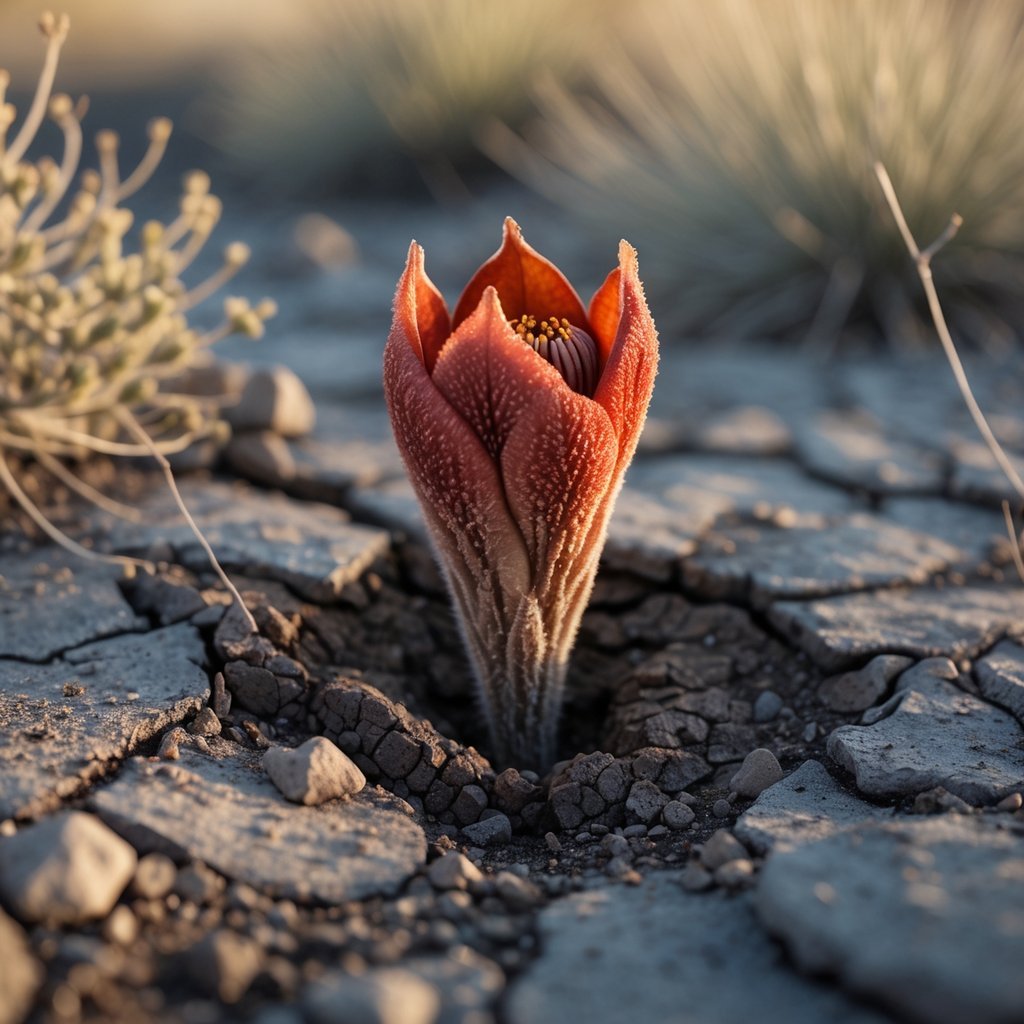
Hydnora africana is honestly one of the strangest plants you’ll ever come across.
It lives almost entirely underground, hiding from sight.
You’ll only spot its flower, which sort of erupts from the soil after a good rain.
This plant doesn’t have leaves or any chlorophyll, so it can’t make its own food at all.
Instead, it latches onto the roots of other plants—usually ones from the Euphorbia family—and basically steals their nutrients.
The flower gives off a smell that’s… well, pretty awful. It actually mimics the scent of rotting stuff.
That weird odor draws in pollinators like dung beetles. The poor beetles get trapped inside for a bit before they finally escape.
Locals in southern Africa often call it “jackal food,” which feels fitting given its bizarre look and scent.